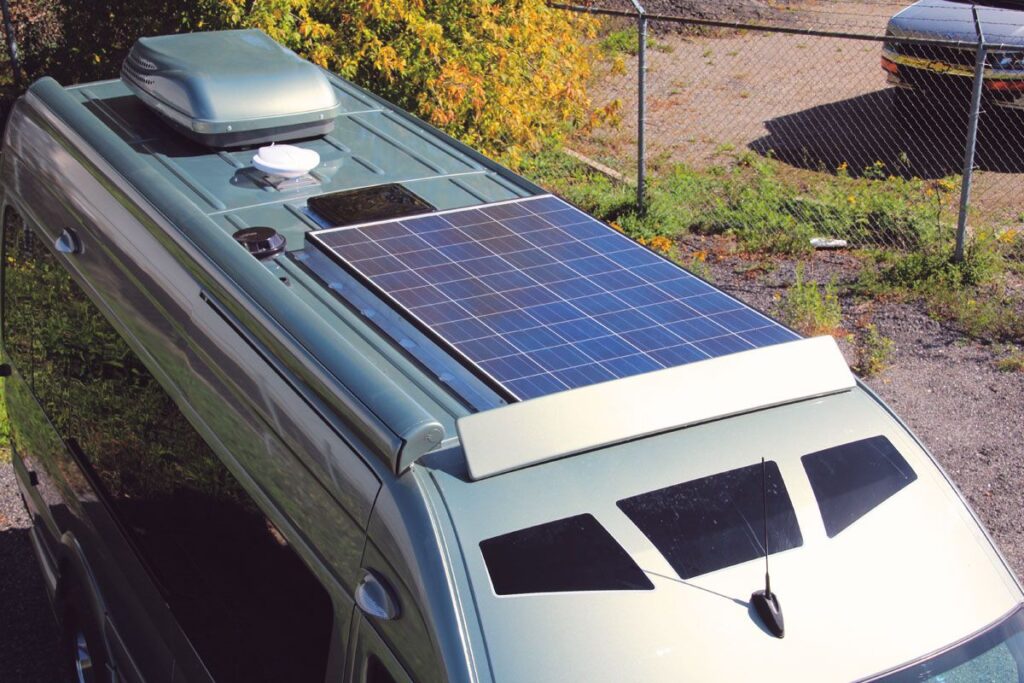According to Open Access Government Trusted Source Is Solar the cheapest form of electricity for British Farmers? Dairy units, chicken sheds, refrigeration stores, farm diversification units and grain stores all require a significant amount of electricity to operate. This can be a major overhead for any farm business and will affect its profitability. www.mypoweruk.com , people use more than 220 tonnes of coal, 1000 oil barrels and 93,000m3 of natural gas each second. And while the world’s resources may be able to sustain such consumption now, these sources of energy are non-renewable. Moreover, these sources of energy cause dangerous and irreversible damage to our ecosystem through the emission of greenhouse gases. Solar power is a a great option if you are tired of high energy bills and would like a clean alternative. Investing in a solar farm can help you achieve lower energy costs. But how do solar farms work? Most people think installing solar power in their homes is a complex project that they cannot execute. Although this could not be further from the truth. With this article, you will understand how solar farms work, and how you can invest in one to get clean renewable energy.
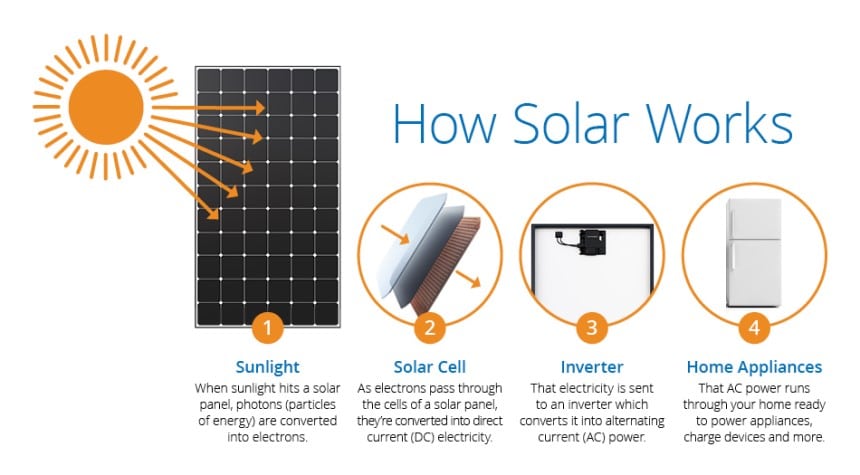
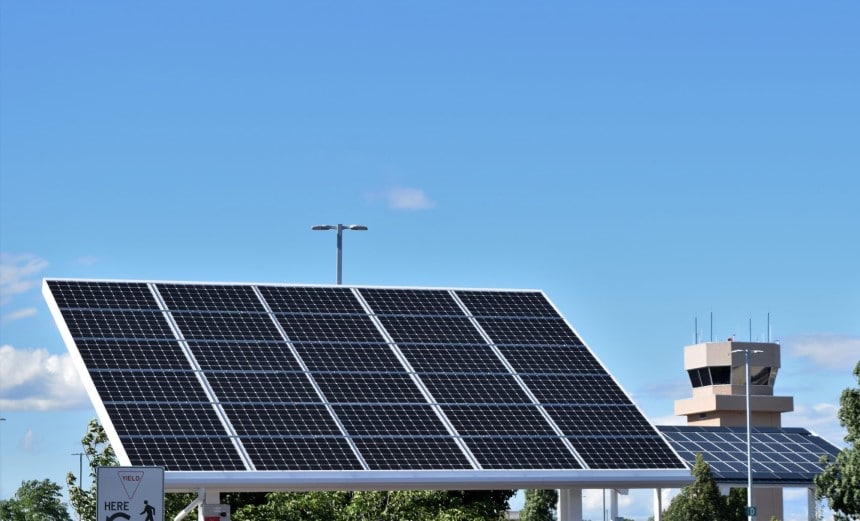
Solar farms are a collection of solar panels in a large tract of land. There is no specific number of panels required to make a solar farm as long as there are several of them. Unlike the solar panels placed on rooftops, solar farms are installed away from the shade and can be moved to get maximum sunlight. It is also worth noting that the electricity acquired from solar farms are fed directly to the grid instead of being saved.
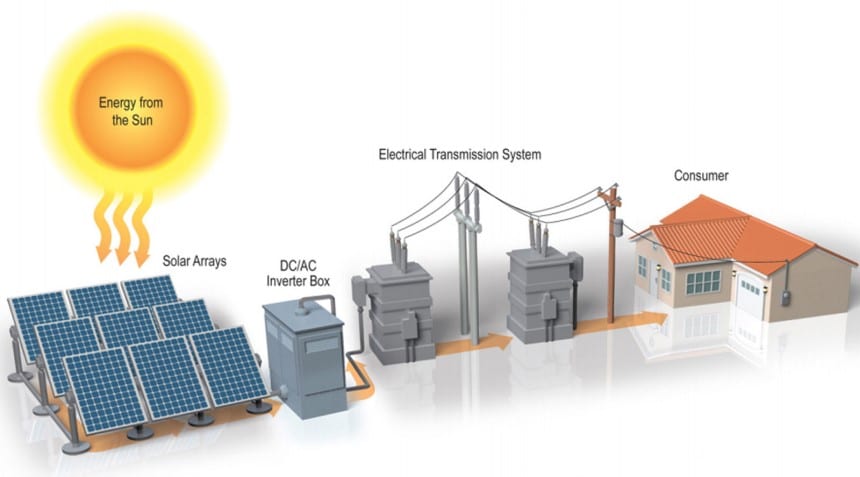 Types of solar farms
Types of solar farmsWhile there are thousands, if not tens of thousands of solar farms in the US, they can be grouped into two categories. These include;
Solar farms come in handy today since you can use them for different purposes. If you are a business or a manufacturing plant then you can rely on solar farms to reduce your electricity consumption. Businesses that consume a lot of electricity can invest in a utility-scale solar farm to lower their costs. They can then use some of the electricity from the farm or get tax credits for the solar energy they generate. Alternatively, local communities and residential homes can also invest in solar farms as a way of cutting down costs and reducing their energy footprint.
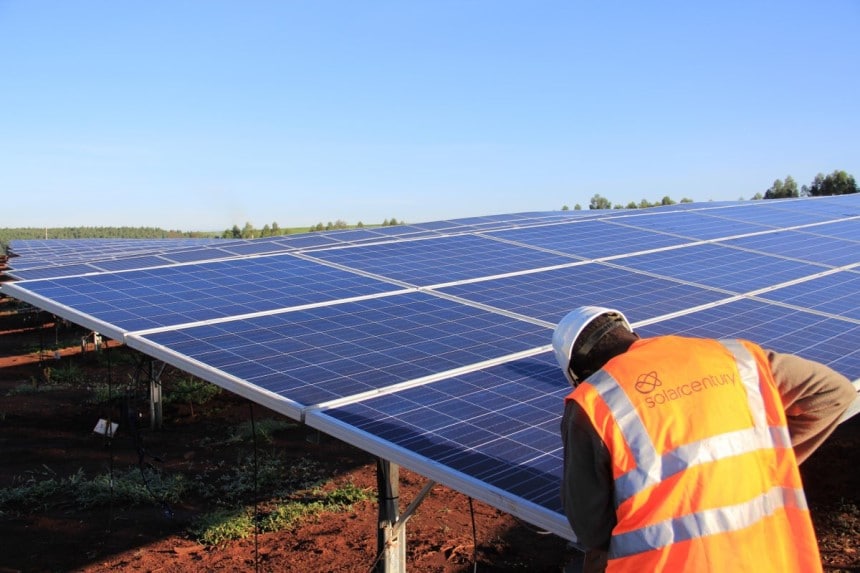
What are some of the merits and demerits of solar farms? You may probably be wondering. Well, here are some of the reasons why you should invest in s a solar farm project.
As with most things there are also a few drawbacks of solar farms. The high investment costs involved, for example, prevents many people from setting up. According to Energy Sage, the costs of setting up a 1MW solar farm may be as high as $1 million and this is even higher for residential solar farms. Moreover, you will need a vast amount of land spanning to the hundreds or thousands of acres to install a solar farm.
The sun is a great source of energy, particularly because it is clean and renewable. With the ample amount of sun that the world receives throughout the year, this source of energy can help generate lots of electricity. One way to take advantage of the benefits of solar power is by investing in a solar farm. Solar farms have made it possible for individuals, communities, and even businesses to get access to clean sources of energy. But what are they and how do solar farms work? Well, solar farms are simply a collection of solar panels in a vast area of land. They offer a clean and renewable source of energy without causing any negative impact on the environment. Embracing this clean source of energy will have a wonderful impact on the environment while also reducing your energy bills.
